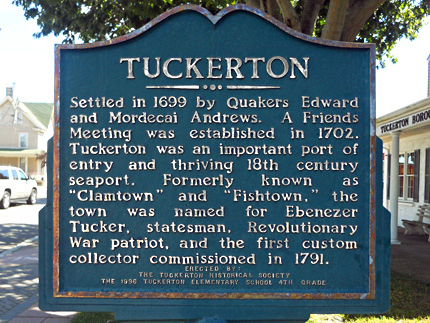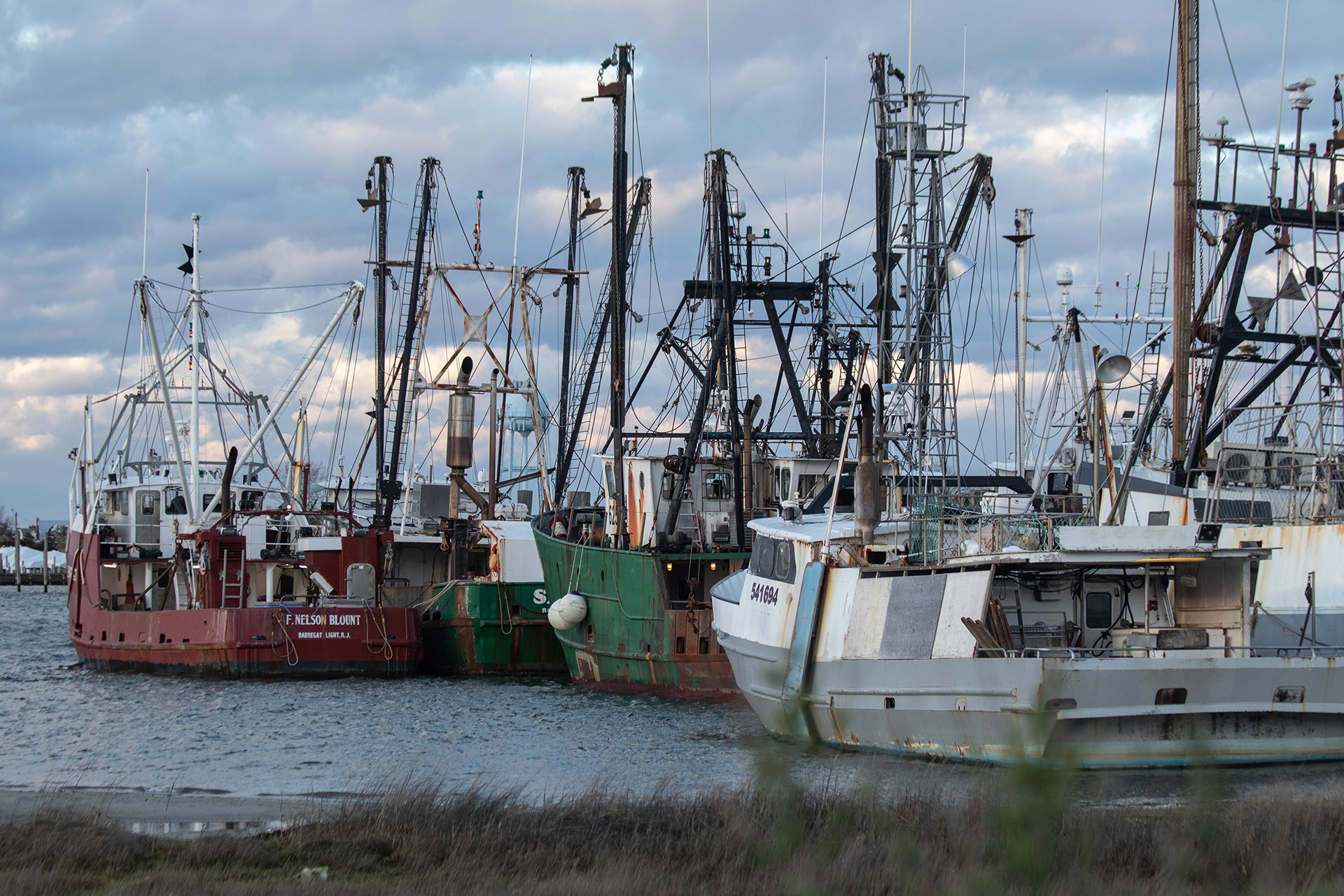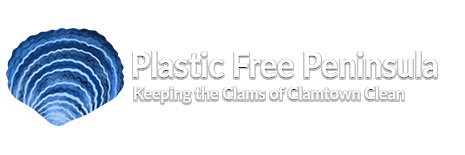
The Problem
Tuckerton Is Special
Tuckerton as a refuge, ecosystem, and cultural treasure rests beautifully at the heart of the Jersey Shore, between nearly 1,000,000 acres of protected pine barrens and a sterling vista of Little Egg Harbor. Home to Lake Pohatcong and Tuckerton Creek, its tributaries usher fresh water into the southernmost reaches of the Barnegat Bay watershed and share important ecological characteristics with the contiguous Mullica River-Great Bay estuary to its south. Its thousands of acres of salt marshes provide critical nursery habitats for fish, crustacean, and mollusk species that thrive among in the mix of fresh and salt water. Fishing, crabbing, and clamming are activities that have sustained families and informed culture in the region for more than 300 years. Tuckerton’s unique geographic qualities and staunch maritime history make it rare, its tidal marshes a sustainer of what the Rutgers University Department of Marine and Coastal Sciences calls “one of the most pristine estuaries on the east coast.”
Plastic Is Not
Plastic is everywhere. Over the past 50 years, the petroleum-derived materials we call plastic have exploded in form, filled every corner of our lives, and dramatically changed the way that we live—in ways both remarkable and alarming!
When most of us think of plastics, we think of conveniences like dry cleaning bags and take-out containers, bottle caps and pool floats—some may even see wet suits, chewing gum, tennis balls or casino chips! But plastic has also proven critical to the development of life-saving medical devices like heart stints, safety equipment like bike helmets, and all forms of computers and technology, including cell phones. Certain forms like polyvinyl chloride, polycarbonate, and high-density polyethylene have become indispensable in maritime communities like Tuckerton where they constitute the hardiest, most versatile, and most economical types of construction material in areas where wind, flooding, and salt-water corrosion would otherwise mean the near constant rebuilding of homes and boats.
While plastic benefits our lives in innumerable ways, its surge in use the past 20 years, especially in single-use form, has overwhelmed the ability of many communities to dispose of it. Americans currently produce more than 70 million metric tons of plastic waste annually – that breaks down into more than 200 pounds each! A staggering percentage of this waste is never recycled and festers in places other than landfills—along roads and more disastrously, in our waterways. 8 million metric tons of plastic slip from the world’s shorelines into its oceans every year.
Home and business owners have long known that trashy neighborhoods bring poor returns on investment. Litter reduces property value, discourages home sales, and deters tourism.
But why should Tuckerton residents care about plastic litter in particular?
- Plastics account for 80-85% of all total marine waste.
- When fish and other New Jersey wildlife mistake larger plastic debris for food, intestinal blockage and death can result.
- Plastic does not decompose; instead, it breaks up in the sun, wind, and salt into smaller and smaller pieces called microplastics, many of which are far too tiny to be seen by human eyes.
- The chemicals used to manufacture plastic leach into fish tissue, and eventuallyenter the human food chain.
- Mollusks like clams and oysters are the ocean’s filters – they are particularly vulnerable to microplastic absorption at all stages of their life cycle.
- Fishing and clamming have been activities central to the economy and culture of the Tuckerton area for more than three centuries. Why else would two of Tuckerton’s former names be Clamtown and Fishtown?

BARNEGAT LIGHT, N.J. – April 10, 2020: Commercial fishing vessels rest at a port on New Jersey’s Long Beach Island during the COVID-19 pandemic.
